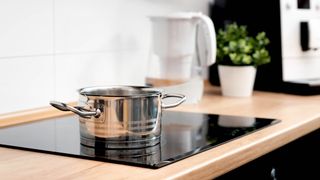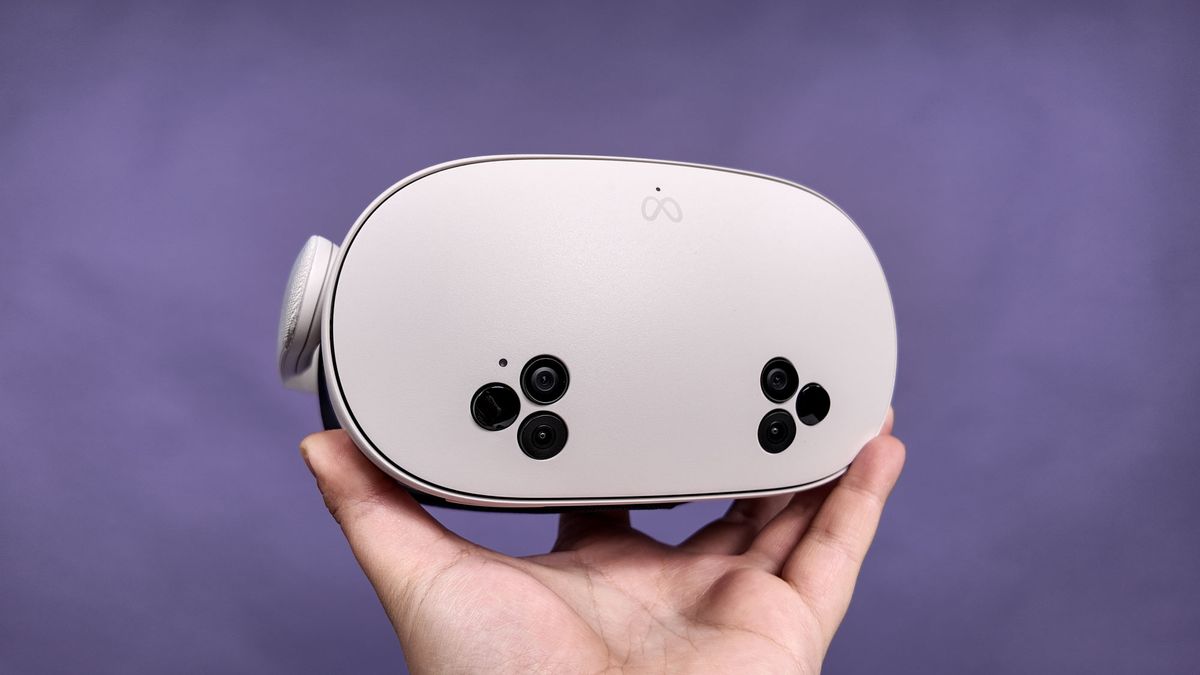When I upgraded my kitchen, I toyed with the idea of also making the change over to an induction cooktop. I’d been wholeheartedly gas up to this point. “It’s more reactive”, I’d say, mistakenly. Or, “I don’t want to change my pots and pans.” But, it was really one thing my husband said to me that changed my mind, and I’m not ashamed to admit it, “they’re a lot easier to clean”. Changing over though, I realised induction cooktops are so much more than just a smoother surface to remove the dirt and grime.
There was a brief moment where I thought I knew everything about induction cooktops because I’d had one in a past home. Turns out it was an electric ceramic cooktop, which is different, so really I knew nothing at all. This is why I thought getting an induction would equal a less reactive response time than the gas cooktop I’d been so used to. After delving into the debate: induction vs electric cooktop: which type is better for you? I surmised that while there were things to consider when switching to induction like a higher price point and the need for some new cookware, the positives far outweighed the negatives. It turns out that switching to induction was the best thing I ever did and here’s the three main reasons why I’m a total convert.
1. It’s transformed the way I cook

Whilst there’s 5 things you need to know before buying an induction cooktop, the number one thing I was excited to learn about was how efficiently it heats up my pots and pans. It’s not only an impressively fast reaction time, meaning I can switch between a boil and a simmer with remarkable ease, but what I’ve really enjoyed is how evenly it cooks the food.
Without seeing the physical gas fire lit underneath, it feels almost like nothing is happening at all to begin with. But, unlike the gas fire, the induction cooktop is directly heating the base of the cookware using electromagnetic fields. This means that it’s pretty much turning the pot or pan into its own heat source, rather than just heating it exactly where it comes into contact with heat.
The incredibly precise temperature control means you can be quite exact with how much heat you do or don’t want underneath your food. And, when you turn the heat off, it immediately stops meaning you avoid overcooking and/or boiling over. It’s made my cooking a lot better because I feel like I have a lot more control, and I do.
2. I can’t believe how easy it is to clean

Yes, I was a little hesitant about the price of an induction cooktop, but the amount of time and effort it saves me when it comes to cleaning up after I’ve cooked, for me, makes it worth the price. Induction cooktops are a smooth, flat surface with no need to remove any parts and clean under any hard-to-reach places. And, thankfully, learning how to clean a glass stove is easy.
As mentioned above, they also immediately stop generating heat once you remove the pots and pans because the heat source has been channeled into them, rather than there being anything like an open flame. That means I can clean up the induction cooktop a lot sooner than I could previously. Additionally, as the heat is generated specifically into the pot or pan being used, if food spills occur, they’re less likely to get burned on as the heat won’t be spreading towards it.
It is important to note though that induction cooktops can scratch easily. To avoid this, I never clean the surface of my induction cooktop with any abrasive cleaning materials. You don’t need to use materials like this given how easy it is to clean, but if you’re thinking about it, definitely avoid it. Though, there's certainly ways to prevent your stovetop from scratching.
3. It’s incredibly safe

When it comes to safety, an induction cooktop is by far the best option. Unlike electric or gas, there’s no risk of accidentally leaving it on. It’ll turn off when the pot or pan is removed. Another benefit of this is that they’re incredibly energy efficient.
Using an induction cooktop means that there’s no gas being emitted into your kitchen, and there’s also no risk of naked flames catching objects on fire. Sure, we don’t mean to put our dishcloths near the cooktop, but it happens sometimes. I’ve got two little kids and so safety is a priority. Knowing that the cooktop will turn off if there’s no cookware on the surface means peace of mind.
But, that doesn’t mean you can let your children near the induction cooktop after use, or while using. It can still pose a safety hazard while it’s hot and it’ll stay hot for a little while after. Nevertheless, induction cooktops are widely regarded as the safest cooking method and I’ve absolutely benefited from it so far.
More from Tom's Guide
- Does an induction cooktop work with cast iron pans? Here’s what the experts say
- I used an induction cooktop for the first time — here are 3 things I discovered
- And here are 5 things you need to know before buying an induction cooktop





















 English (US) ·
English (US) ·